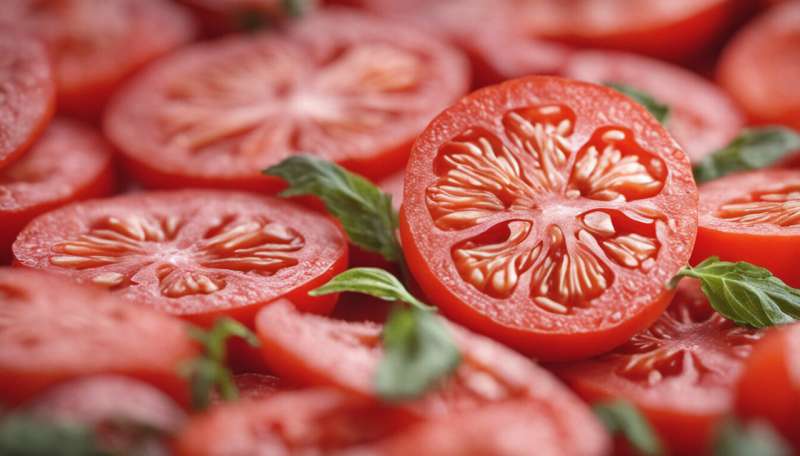Tomato packaging made from tomatoes?

The tomato is much loved by Europeans - it forms the basis of many recipes, whether fresh or tinned. But what happens to tomato by-product waste? European researchers have come up with a solution to put this waste to good use.
The BIOCOPAC ('Development of bio-based coating from tomato processing wastes intended for metal packaging') project is developing a new range of alternative bio-based lacquers for the tinned food industry - using the humble tomato - which will comply with EU Directive 2008/98/EC and decrease waste.
The heat is on for packaging companies who are in a race to adopt eco-friendly packaging. The BIOCOPAC team is confident that its innovative packaging will improve metal can quality and decrease use of plastic containers. At the same time, it will enable small and medium-sized enterprises (SMEs) to be competitive in the metal packaging sector.
Led by Stazione Sperimentale per l'Industria delle Conserve Alimentari (SSICA) of Italy, the BIOCOPAC consortium is creating bio-based thermosetting lacquer. The team started by analysing and characterising tomato wastes. The focus now is on developing an extraction method and optimising the bio-resin. The partners are using environmentally friendly techniques to extract the bio-resin from tomato peel. The bio-resin is actually cutin - a wax-like water-repellent material found in the walls of various plant cells.
The lacquer for the metal packaging used for food products with chemico-physical properties will also be entirely natural. The final lacquer will be similar to those used traditionally, and usable in industrial plants.
The new lacquers will be designed to meet EU legislation requirements, but the partners will carry out additional tests to ascertain the suitability of their product for food tins and packaging. 'In this way, at the end of the project, it will be possible to have a complete indication as to the use of the new lacquers in contact with food products and of their economic and environmental benefits,' said Dr Paolo Brenni of project Salchi Metal Srl, a BIOCOPAC partner, at a 2012 conference.
BIOCOPAC's research concept is based on an old patent developed by SSICA in the 1940s. This project has the potential to fuel research into other bio-based products, which in turn could deliver effective tools and affordable alternatives for other markets. Ultimately, the research will lead to improved use of Europe's renewable agri-food resources and support companies' efforts to become 'greener', by providing safe and recyclable metal packaging.
The BIOCOPAC consortium comprises four research centres, four SMEs, and three large enterprises from the Czech Republic, France, Italy, Greece, Liechtenstein and Spain. The collaboration between industrial groups dealing with waste treatment and tomato transformation, and lacquer and metal can producers, will ensure the project's results fit with industry's needs. The project, which is funded under the 'Research for the benefit of SMEs' theme of the EU's Seventh Framework Programme (FP7), is due to end in late autumn 2013.
More information: www.biocopac.eu/
Provided by CORDIS
















